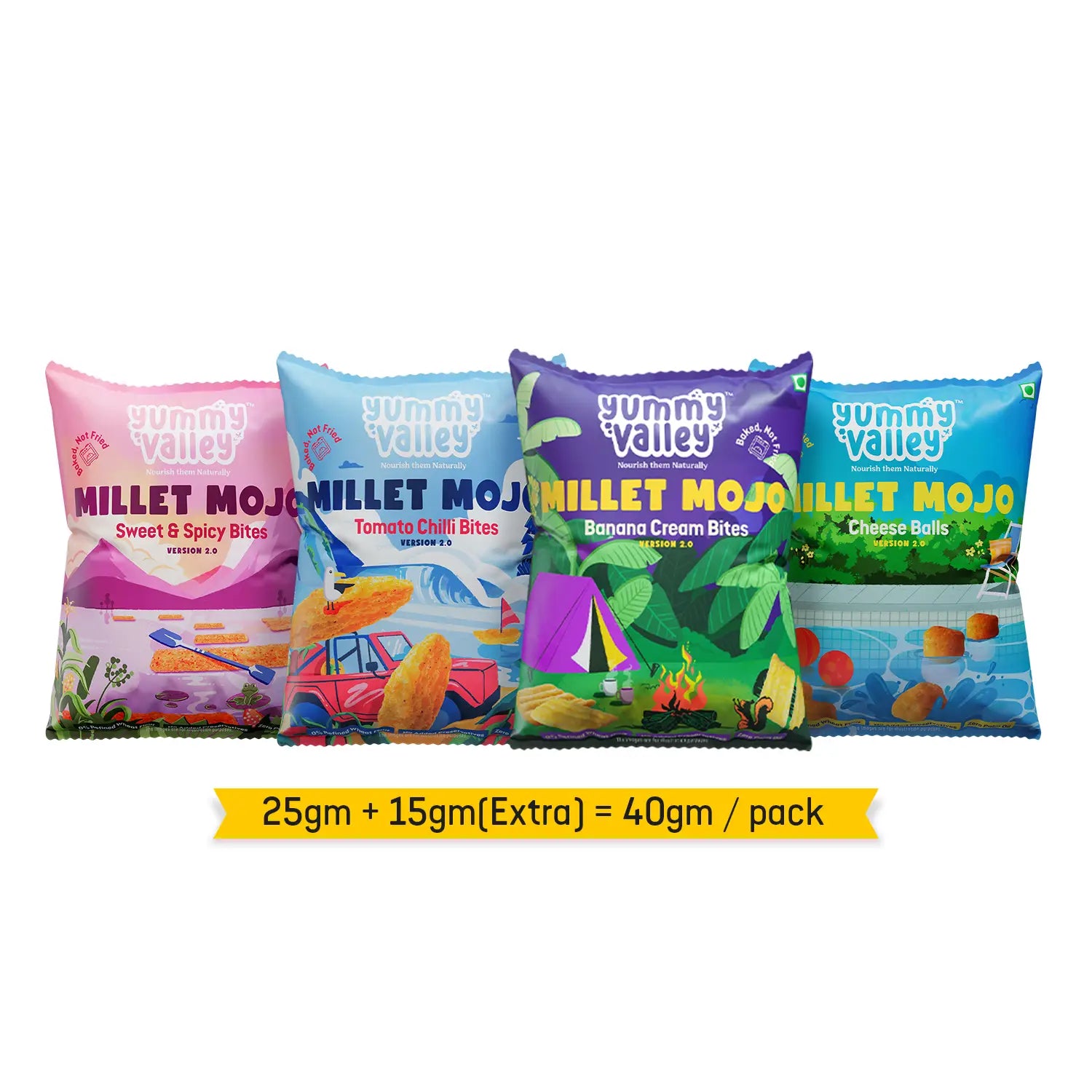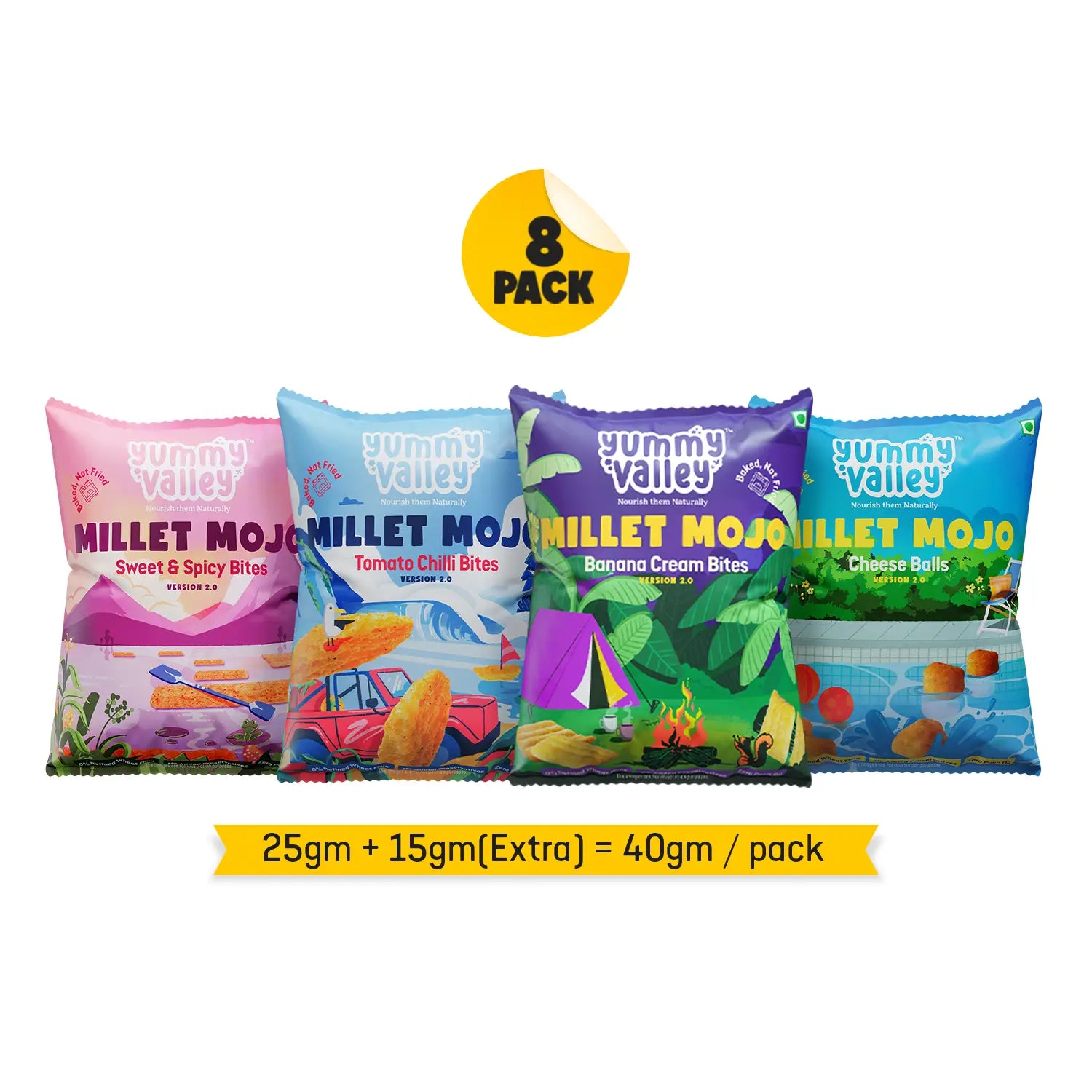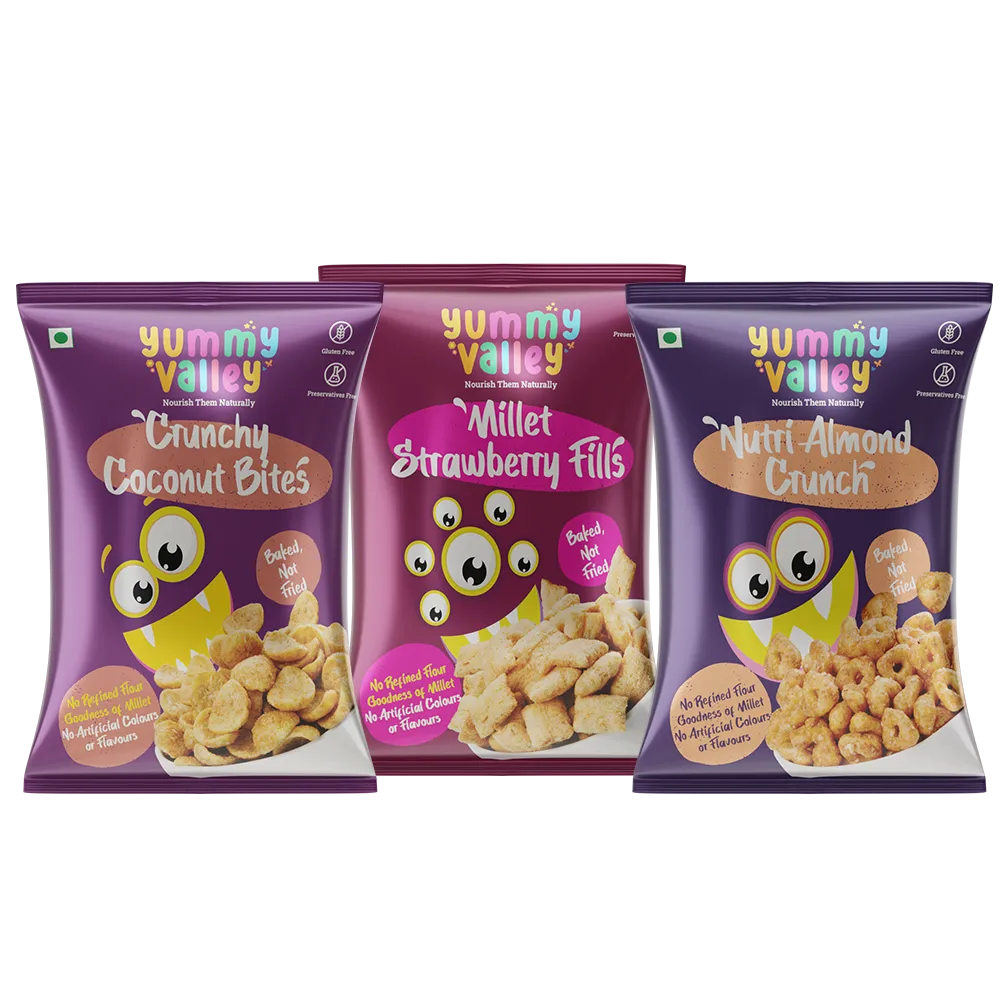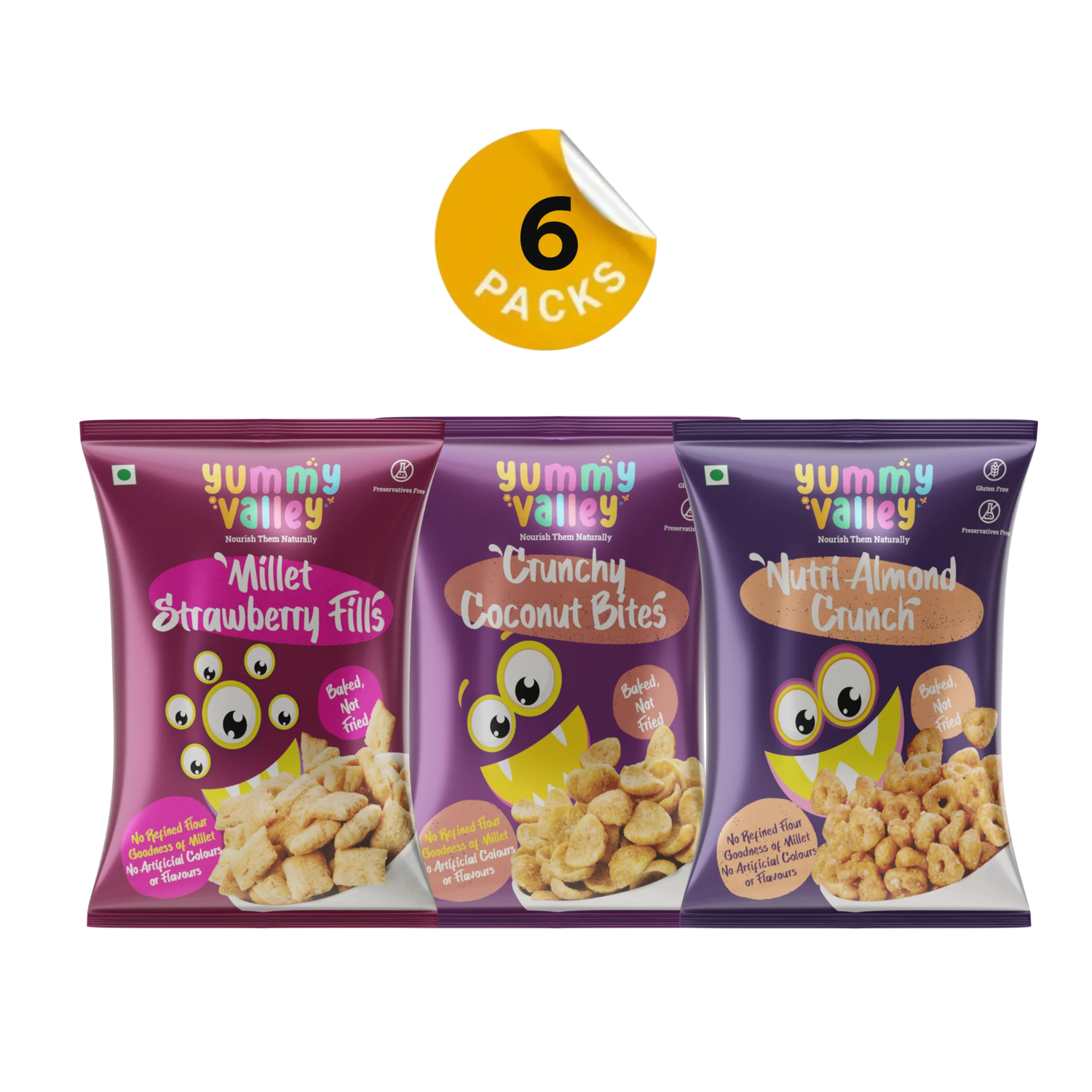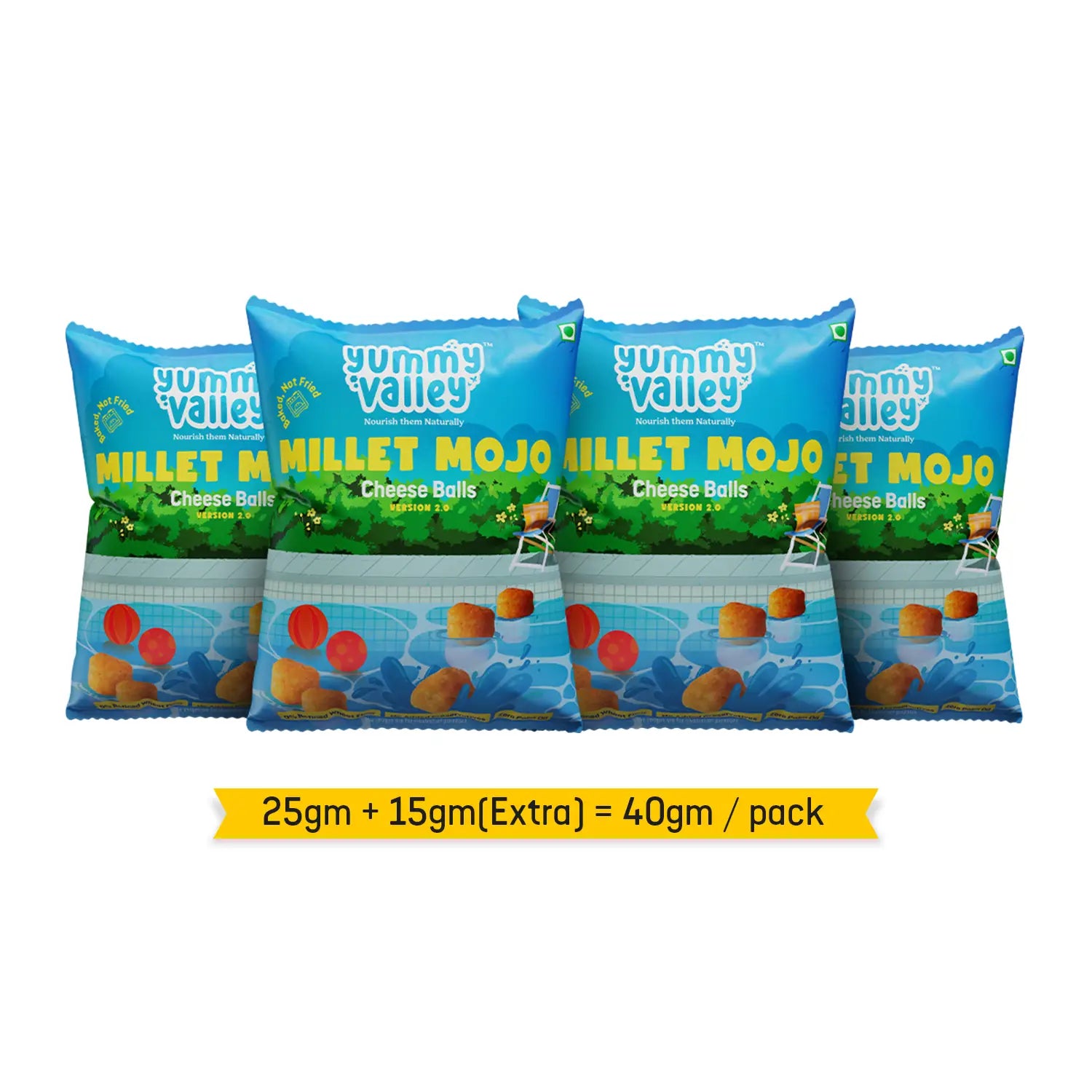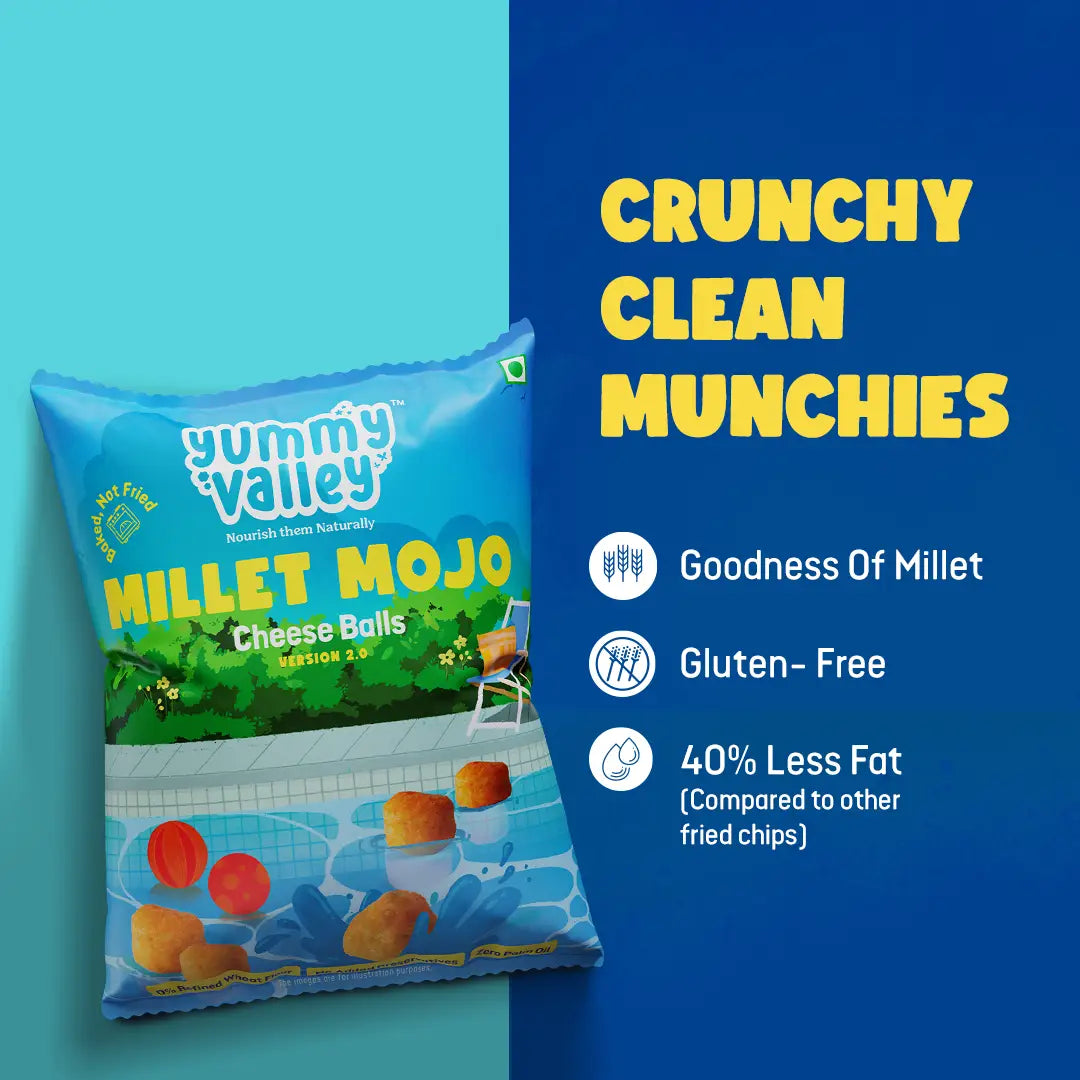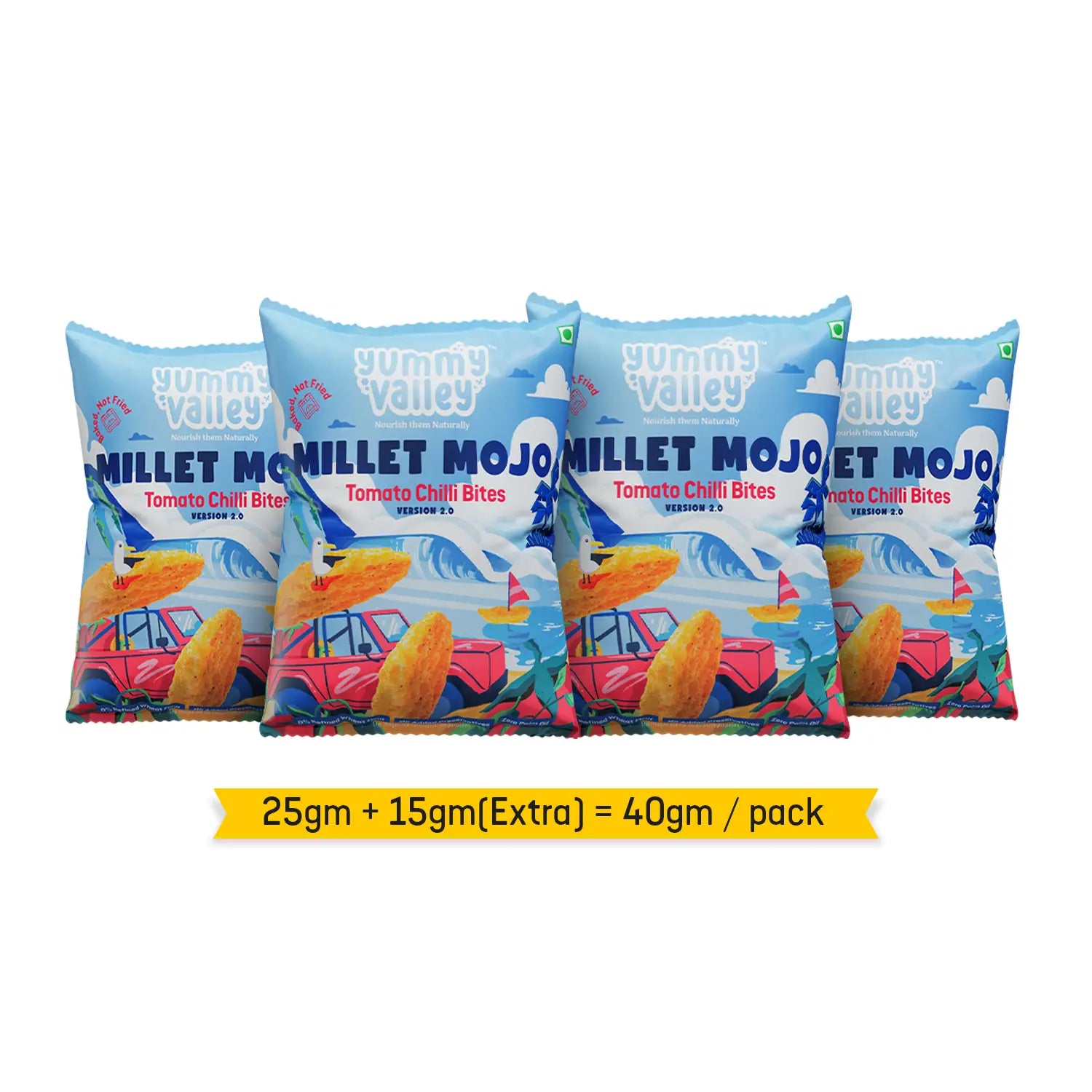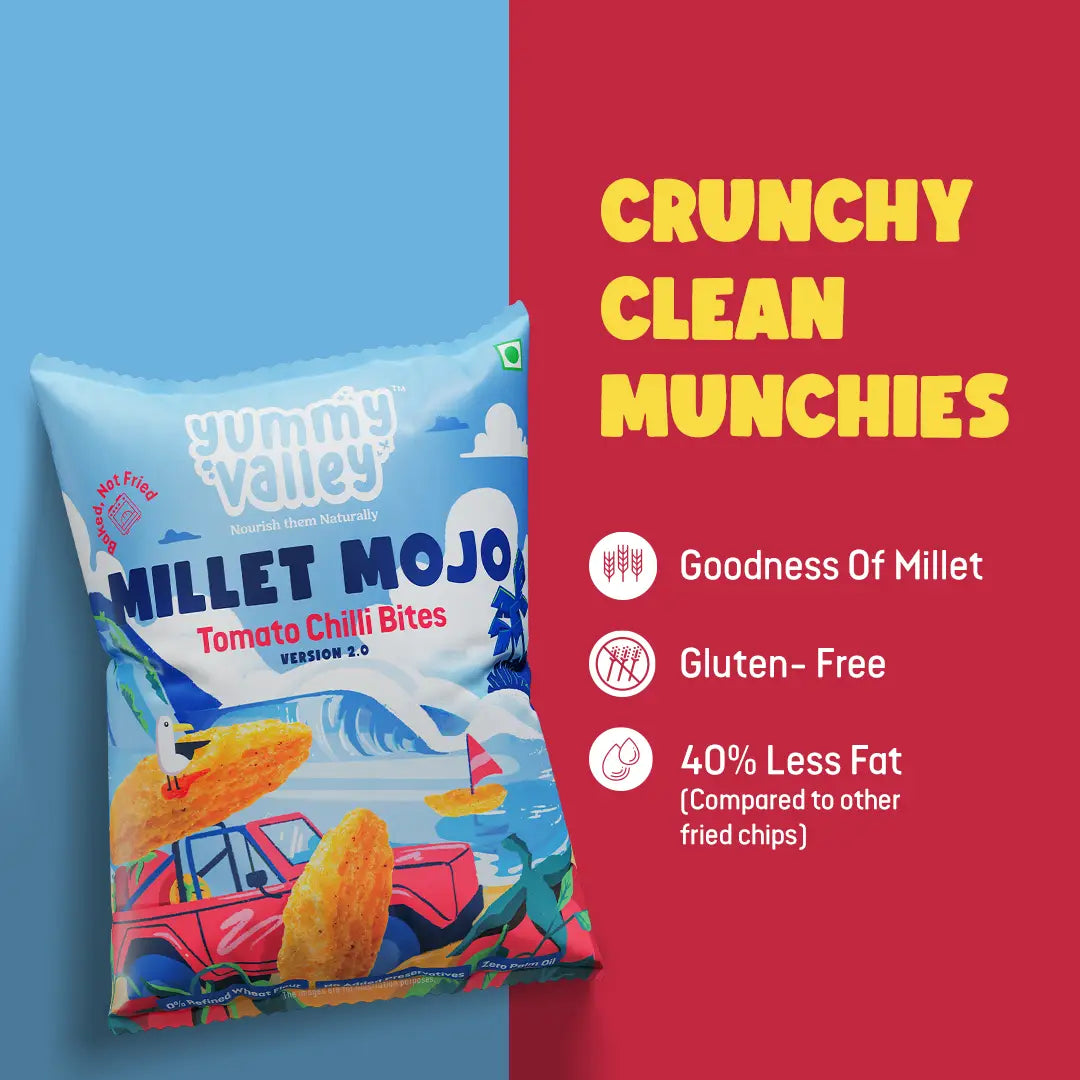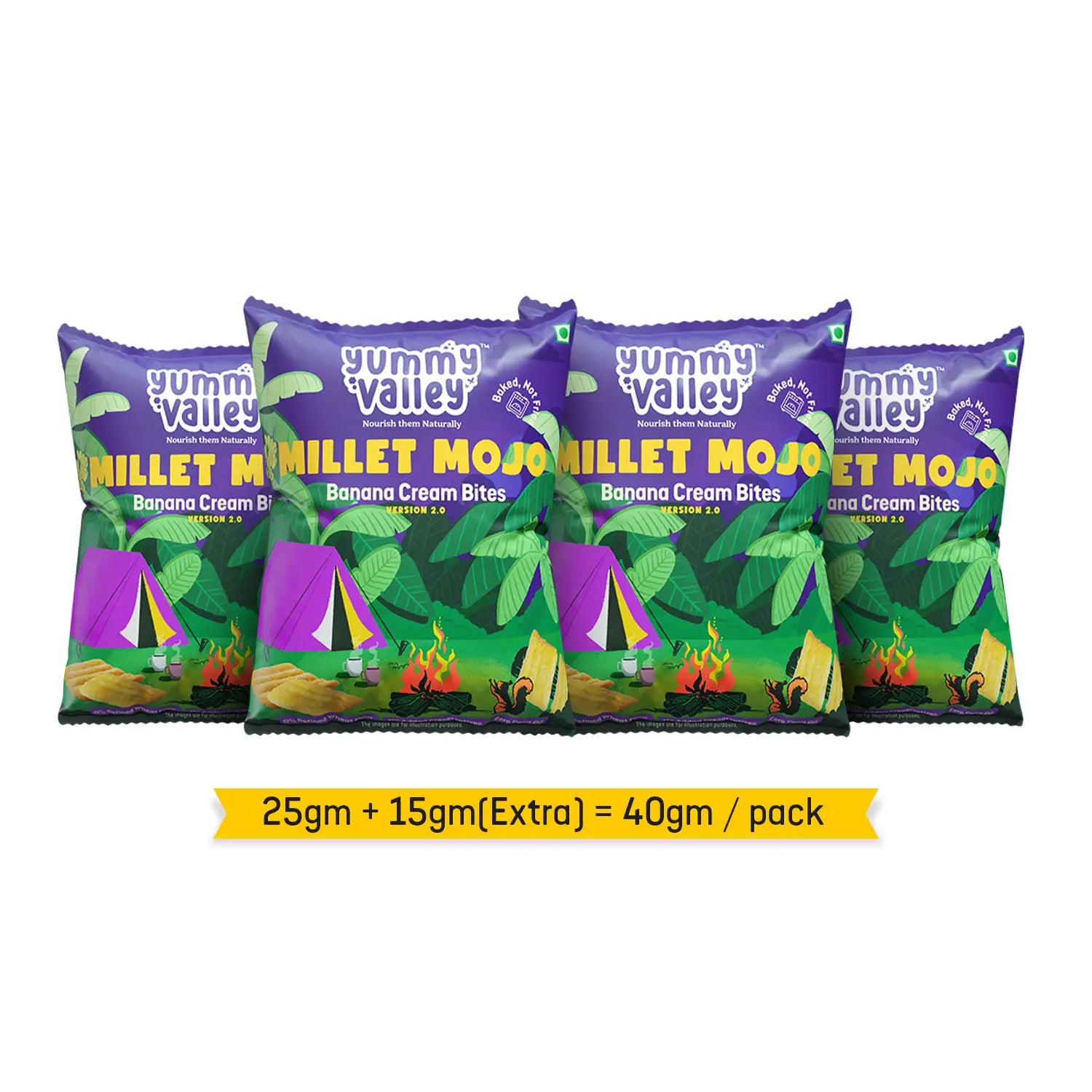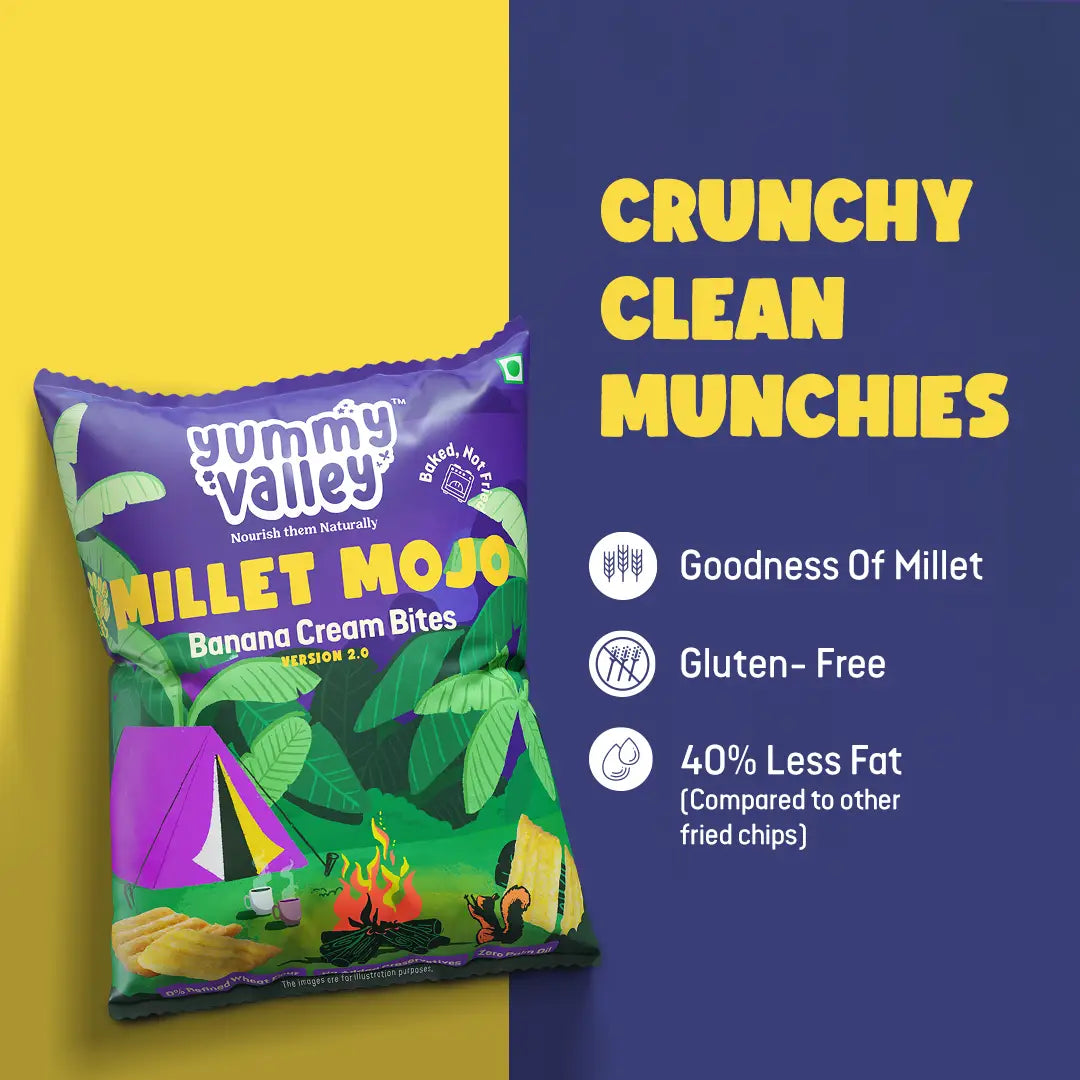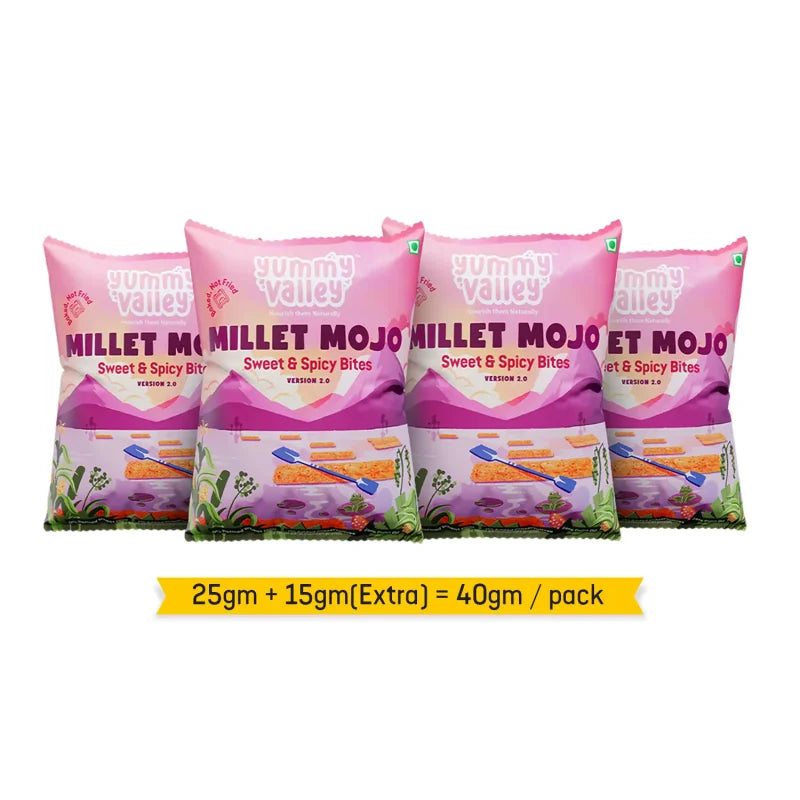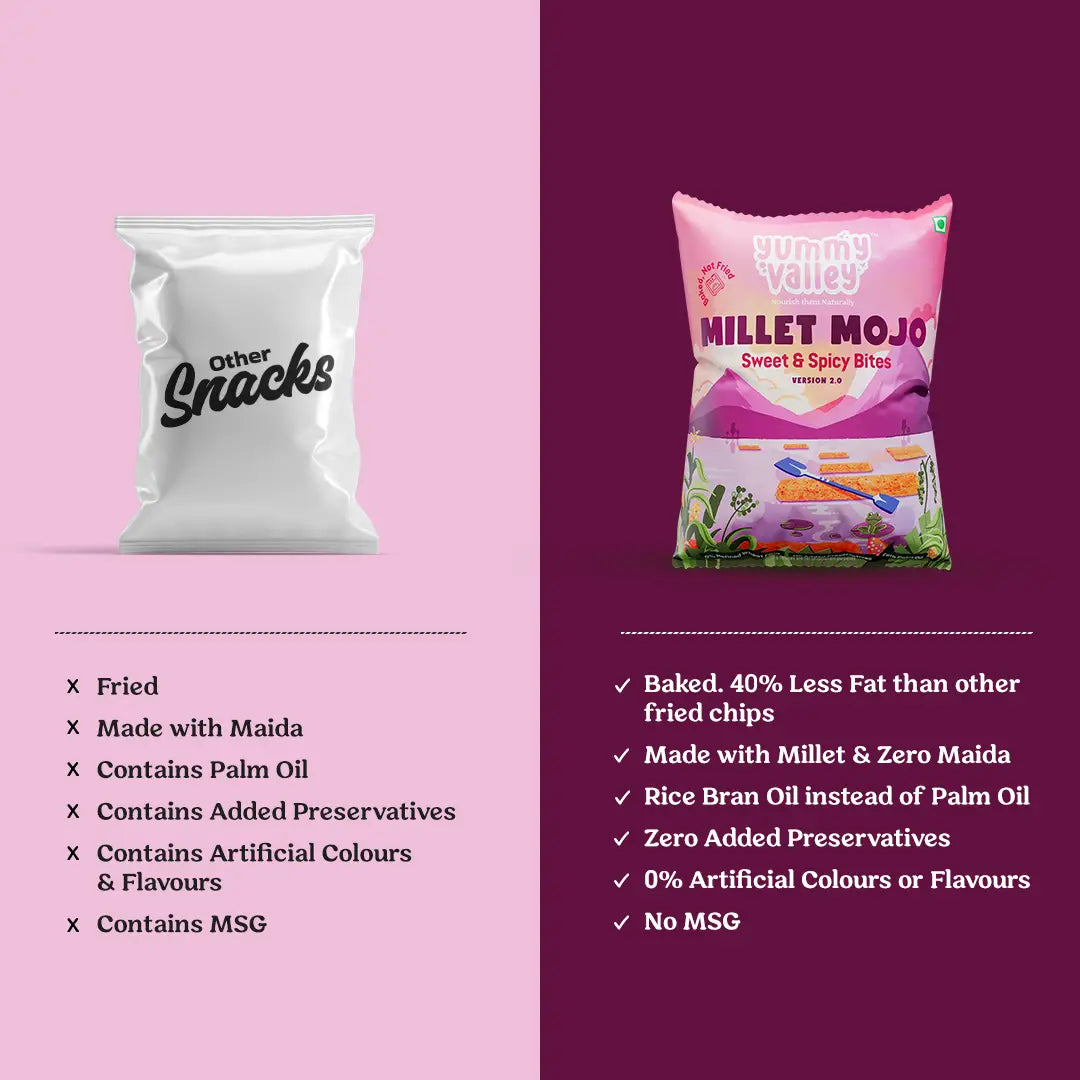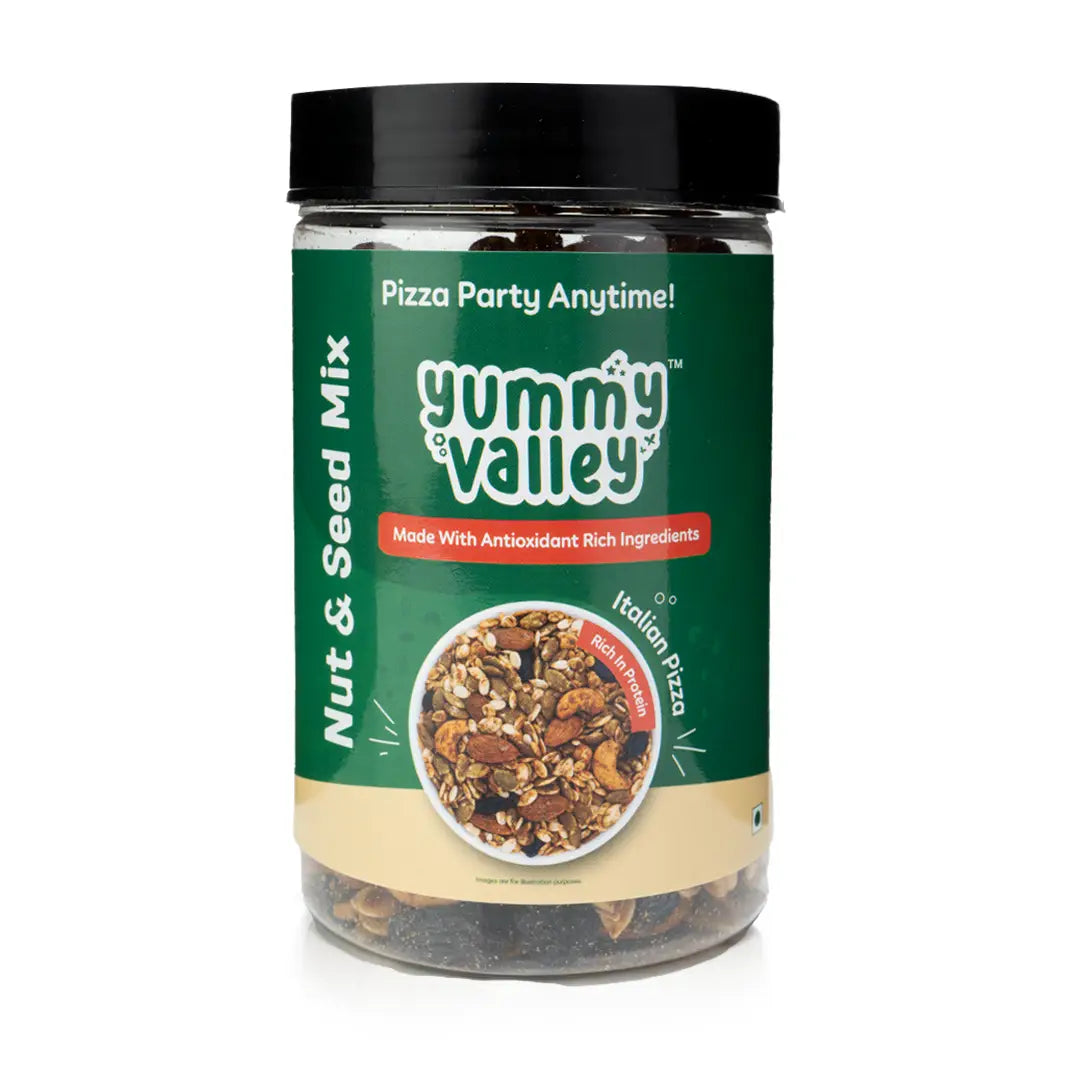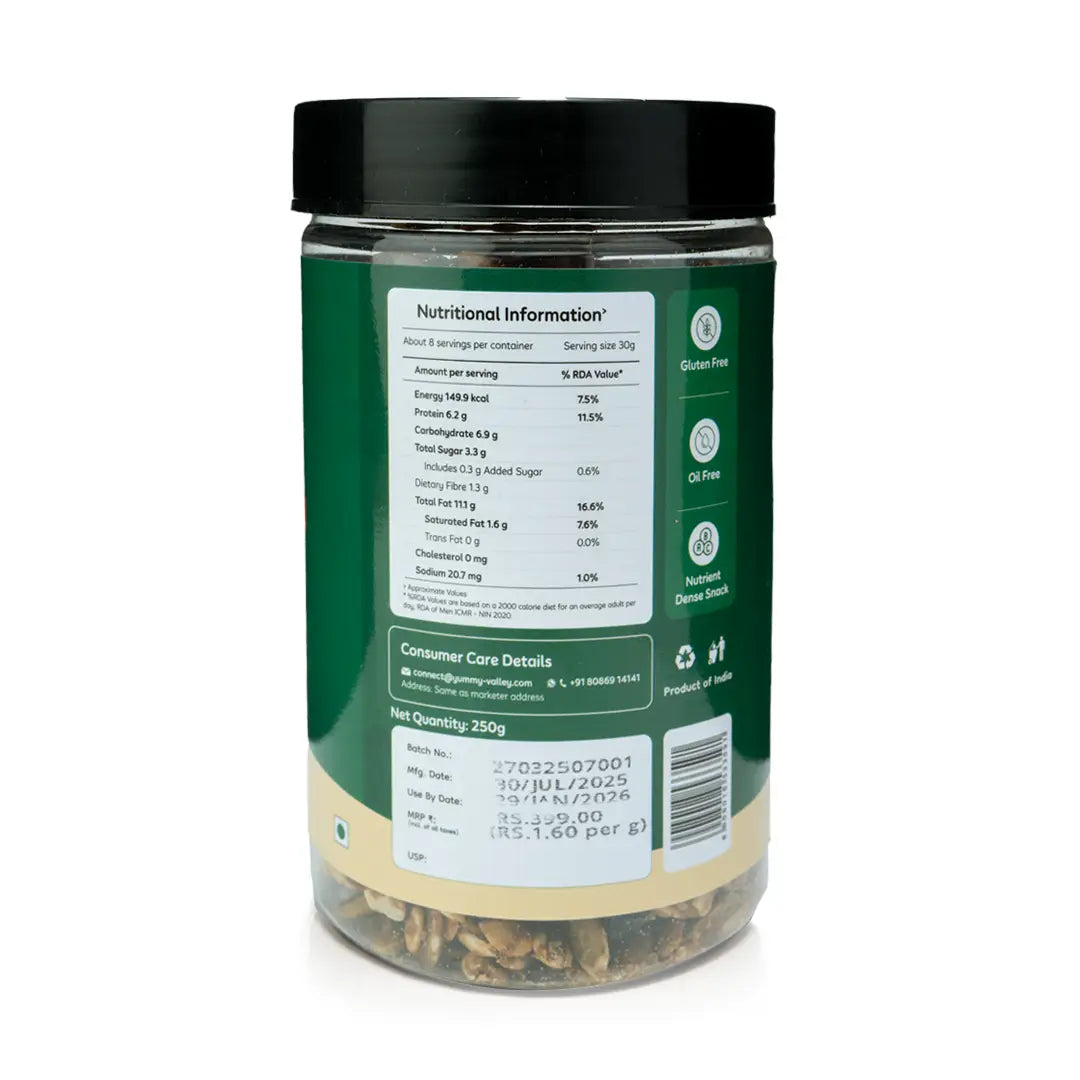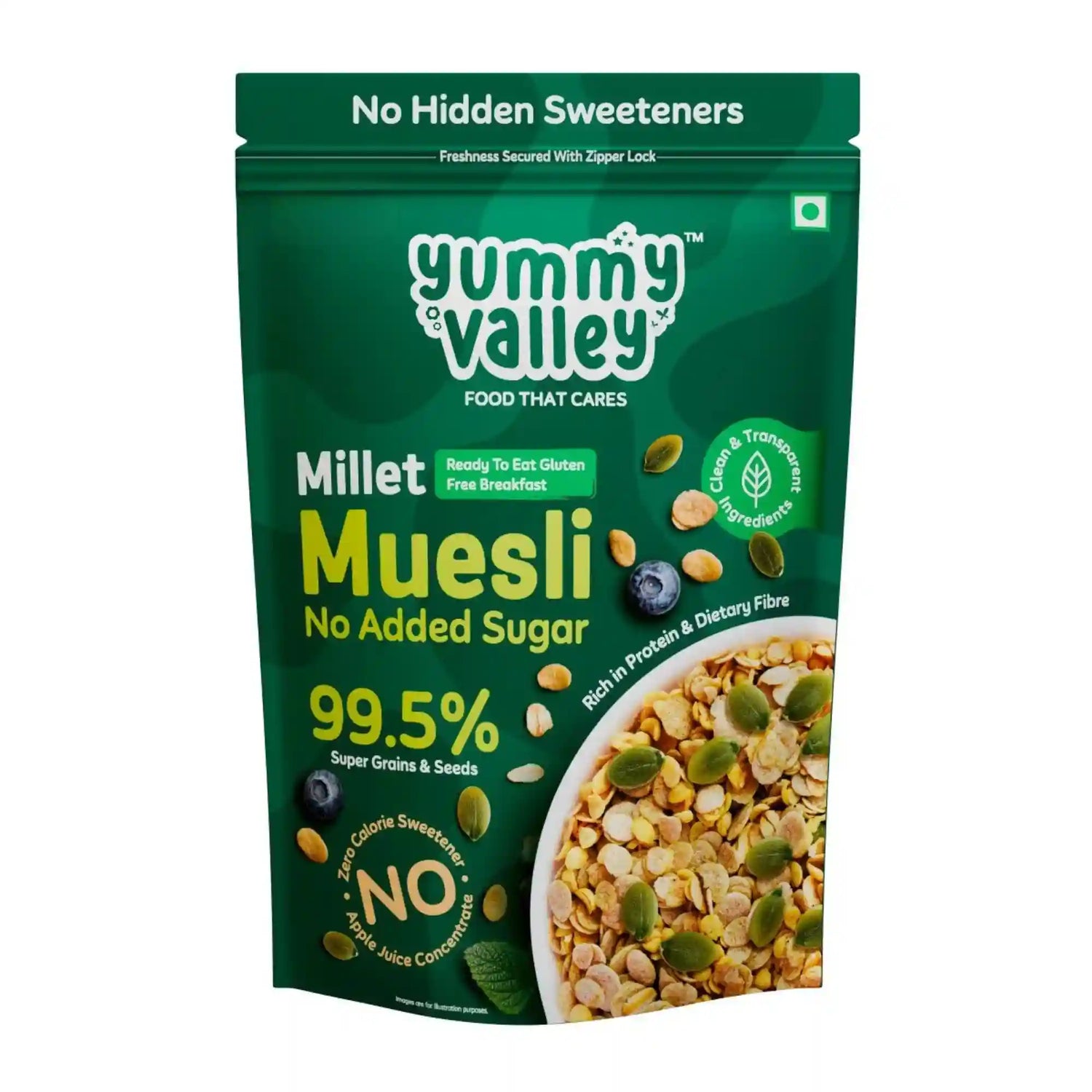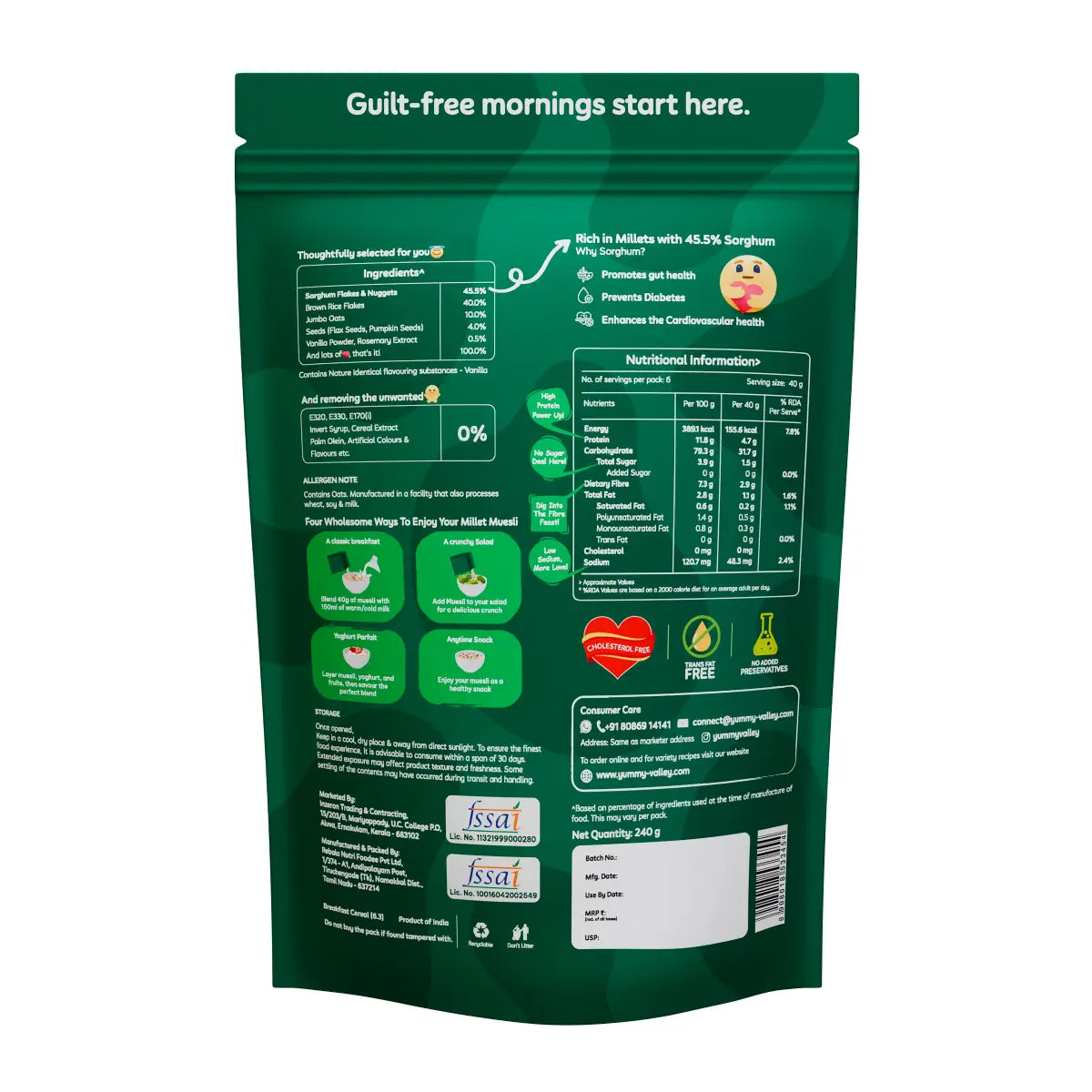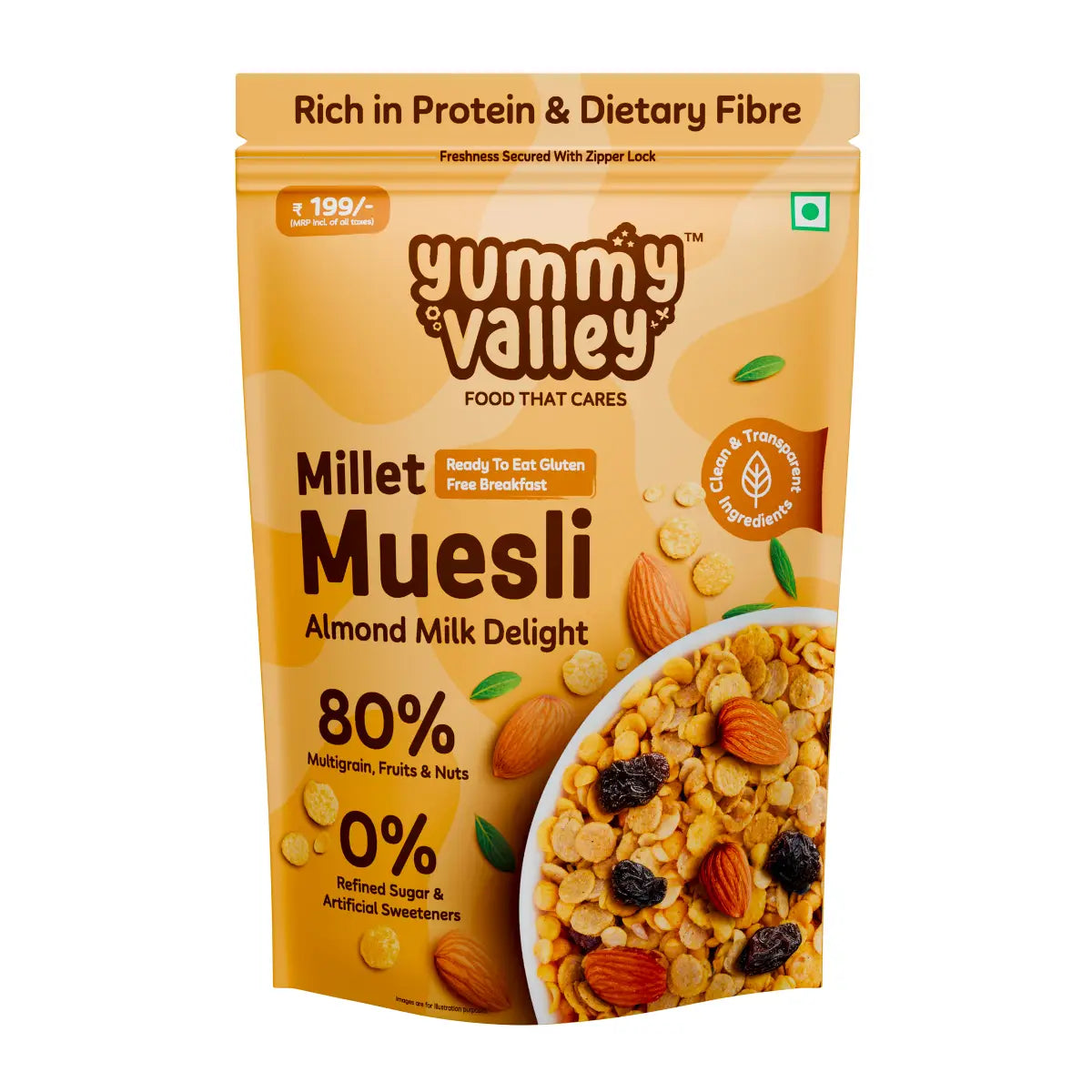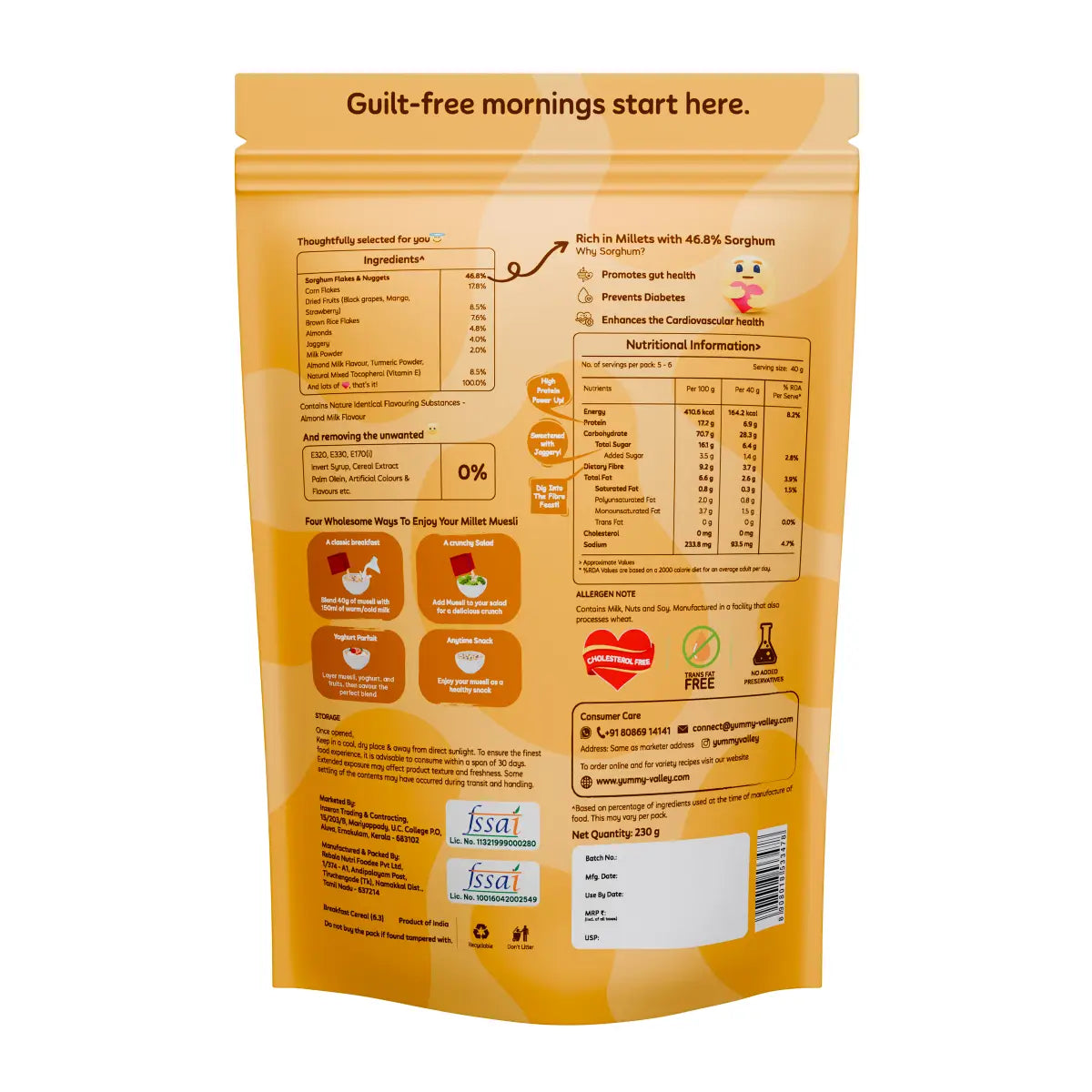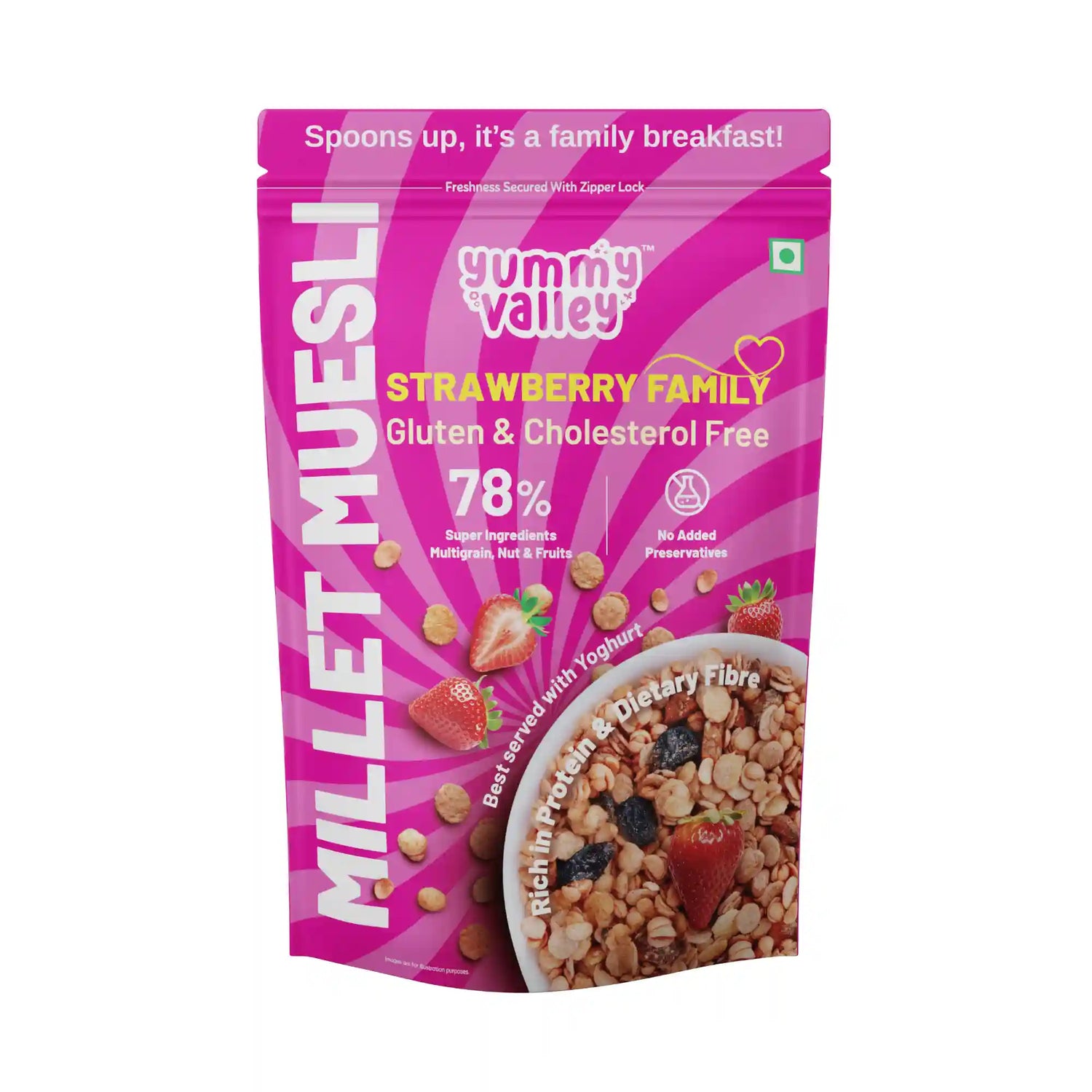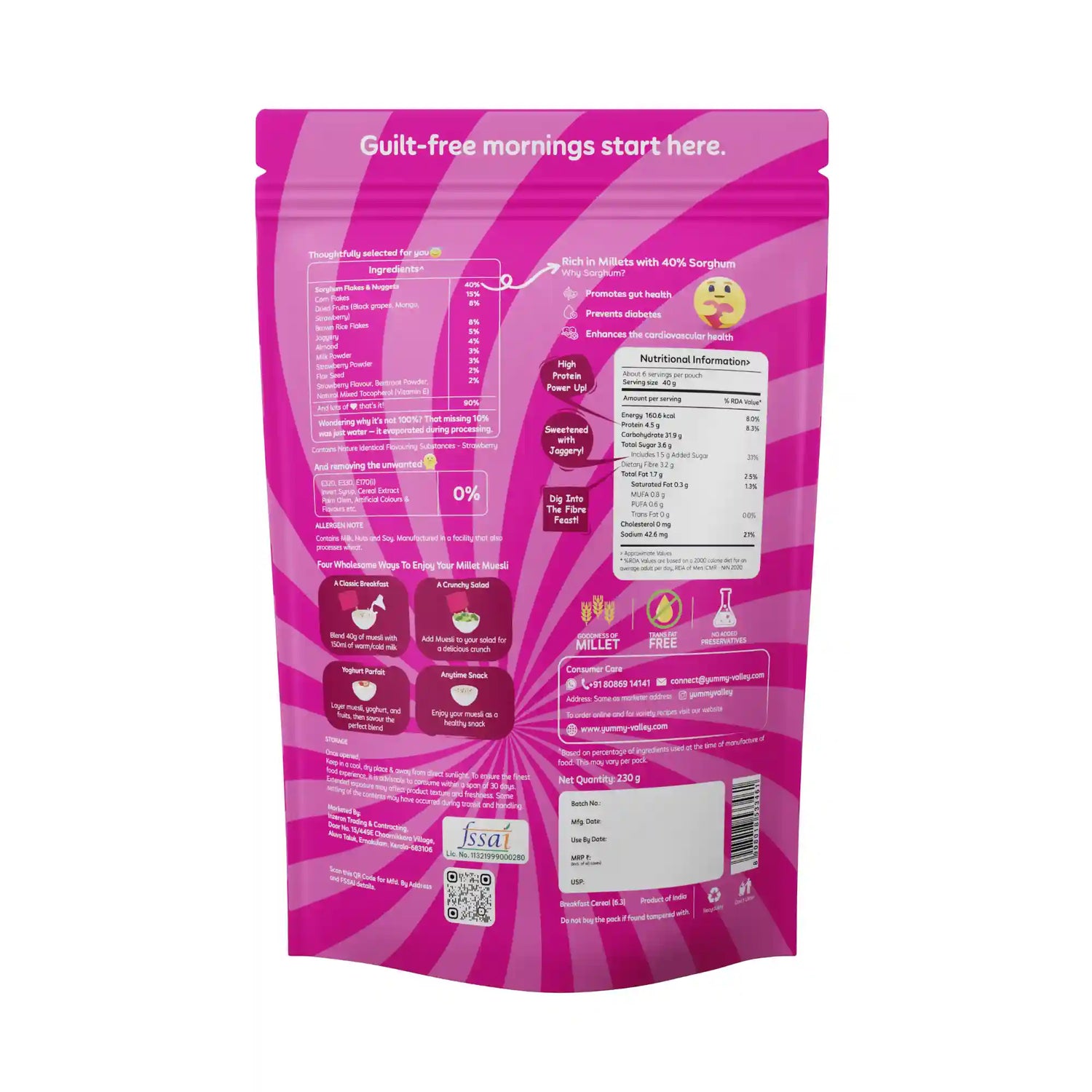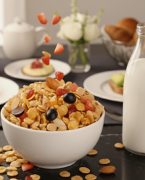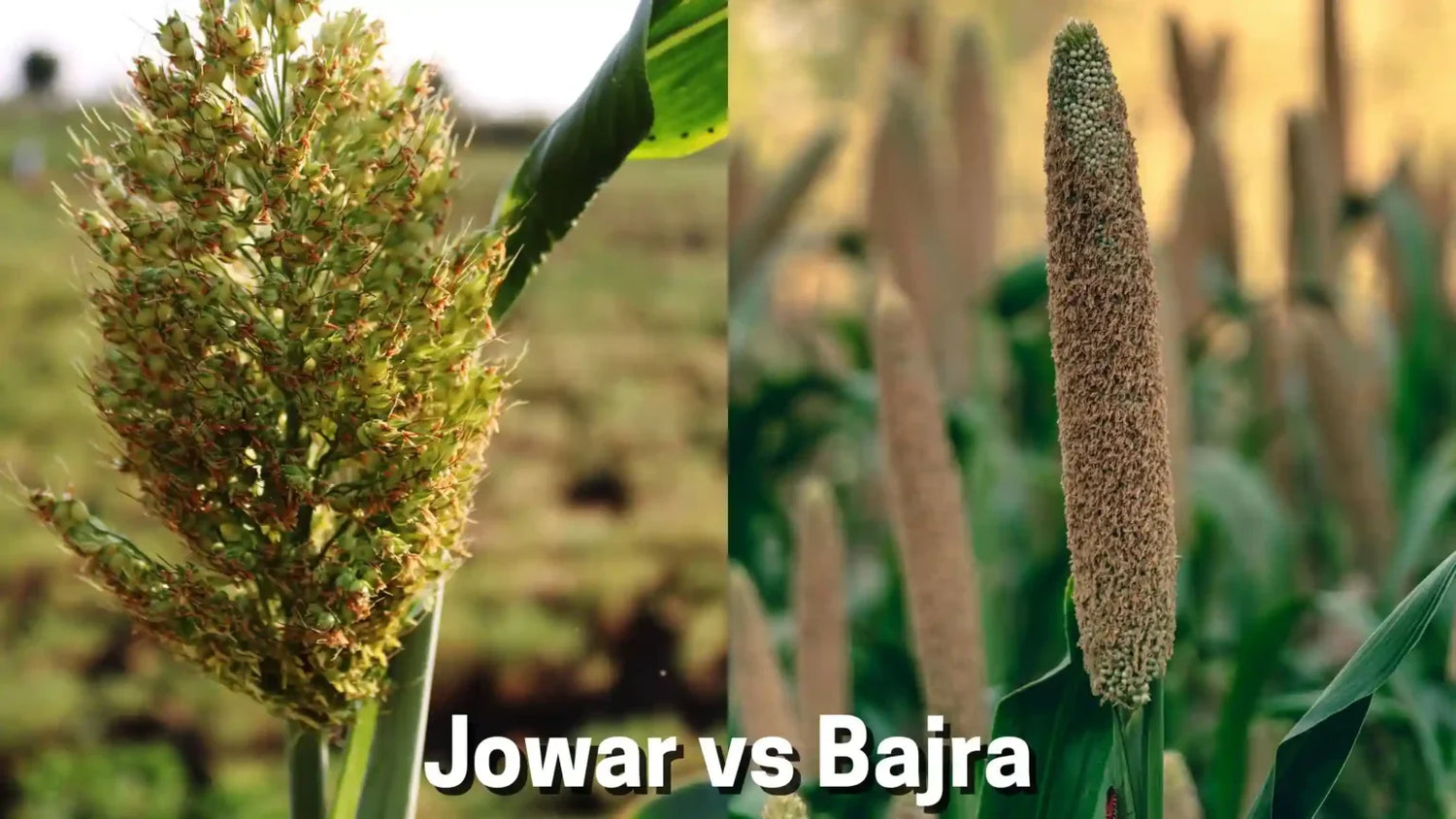Jowar vs Bajra: Are you finding it hard to lose weight through your routine dieting? To lose weight, incorporate millet as a part of your routine meals. It will bring a change to your weight loss success. Millets are native to India; they come with a variety of choices. Millet, as a high fiber food, is beneficial to weight loss processes as it is generated to provide prompt satiety and aid in digestion.
The kind of millet you select will have a significant effect on your weight loss activities. Two of the best weight-losing millets are jowar and bajra. Given below is a detailed comparison of jowar and bajra in order to point out which is more weight-loss friendly.
What is Jowar?
Jowar, also simply known as sorghum, is a fiber content millet widely cropped in India with a nutritious stand as a sub for refined flour or all purpose flour. Being a blooming plant, and grown all across the world it is in Australia, Africa, Asia, and in Central America from the Poaceae family of grasses. And for nearly about 5000 years, in human diets cross civilisations round the world was a staple.
What is Bajra?
Bajra is a common Hindi word in the local language meaning Pennisetum Glaucum, a species of grain widely grown in Africa and India for food. Since it originated on another continent, bajra can be found these days in many areas of the globe where it has been cultivated as well as being consumed. These seeds come from a pearl millet, which may grow to be one of several colours: white, yellow, grey, brown or bluish purple. These seeds are processed into cereal or ground into flour for cooking purposes.
Jowar vs Bajra – The Basic Difference
Bajra and jowar belong to the Panicoideae family of millets. Globally, bajra is recognized as pearl millet and jowar as sorghum. These cereals are commonly used in India and are possibly sold under different names internationally. However, many people will become familiar with jowar and bajra because they are perhaps the most commonly known varieties of millets. Various other types, including proso millet, finger millet, kodo millet, and foxtail millet also offer great value.
Names of Jowar and Bajra in different Indian Languages
In India, both jowar and Bajra are consumed thoroughly and are known by many other names such as:
| Languages | Bajra | Jowar |
|---|---|---|
| Hindi | Bajra | Jowar |
| Gujarati | Bajri | Jowari, Juar |
| Odia | Bajra, Katreng, Gathia, Katrenga | Janha, Khedjana, Janjarla, Gangei |
| Tamil | Kambu | Cholam |
| Kannada | Sajje | Jola |
| Telugu | Sajjalu | Jonna |
| Bengali | Bajra | Jowar |
| Punjabi | Bajra | Jowar |
| Malayalam | Kambam | Cholam |
| Marathi | Bajri | Jondhala, Jowari |
Jowar vs Bajra – The Nutritional Difference
Jowar is rich in fibre which helps digestion, helps in overcoming obesity and control blood sugar levels. Being hairy in vitamins & minerals & essential amino acids & protein, its filled up with a nutrient grain to make good health.
Bajra is an insoluble fiber, and magnesium, potassium, and calcium powerhouse. It has capabilities of relaxing blood vessels, increasing blood circulation, decreasing cholesterol levels, promoting a healthy heart, controlling diabetes, and controlling blood pressure.
| Nutrient | Jowar (Sorghum) | Bajra (Pearl Millet) |
|---|---|---|
| Calories | 334 | 347 |
| Water | 9.01 grams | 9 grams |
| Carbs | 68 grams | 62 grams |
| Fibre, total dietary | 10.22 | 11.5 grams |
| Protein | 10 | 11 grams |
| Total lipid (fat) | 1.73 | 5.4 grams |
| Vitamins | Thiamin (0.35 mg), Riboflavin (0.14 mg), Niacin (2.10 mg), Pantothenic acid (0.27 mg), Vitamin B-6 (0.28 mg), Folate, total (39.4 µg) | Thiamin (0.25 mg), Riboflavin (0.20 mg), Niacin (0.86mg), Pantothenic acid (0.50 mg), Vitamin B-6 (0.27 mg), Folate, total (36-40 µg) |
| Minerals | Calcium (27 mg), Iron (3.95 mg), Magnesium (133 mg), Phosphorus (274 mg), Potassium (328 mg), Zinc (1.96 mg), Copper (0.45 mg), Manganese (1.19 mg), Selenium (26.29 µg), Sodium (5.42 mg) | Calcium (27 mg), Iron (6.42 mg), Magnesium (124 mg), Phosphorus (290 mg), Potassium (365 mg), Zinc (2.76 mg), Copper (0.54 mg), Manganese (1.12 mg), Selenium (30.40 µg), Sodium (4.11mg) |
Both jowar and bajra excel in distinct aspects, showcasing unique strengths. However, when considering their effectiveness for weight loss, determining which of these two millets is more beneficial in supporting weight management becomes a pertinent question.
Jowar vs Bajra – Nutritional Comparison For Weight Loss
Both bajra and jowar have unique nutrition benefits which can help in weight loss.
Both millets are considered good sources of dietary fibre, which can promote satiety and thus help control calorie intake (if you do not stuff yourself with other foods).
In general, the benefits of bajra and jowar make them meaningful additions to any weight management agenda due to their rich fiber, low glycemic index, and nutrient content.
Fibre
Fibre is the most essential ingredient in healthy weight loss. Fibre helps alleviate constipation, promoting regularity in your bowel movements. Moreover, fibre adds to satiety, helps maintain blood sugar levels in control and maintains intestinal health. All three of these factors are directly related to weight loss. Jowar and Bajra both provides ample amount of dietary fibre with Bajra being a little better.
Glycaemic Index
Low glycemic index (GI) foods are recommended for weight loss because they release energy gradually, avoiding sugar spikes. Bajra (pearl millet) has OGI between 51–69 and thus, is not advisable to diabetic patients as part of their daily diet. However, its high fiber content may be beneficial for weight loss. Studies have shown bajra to be a useful addition in weight loss diet and essential nutrients for health benefits including its antioxidant, antidiabetic and cholesterol-lowering properties.
Protein
Does protein consumption help with weight loss? Of course, we know from scientific research that this relationship exists. Protein supports metabolism, muscle mass and satiety after meals — all of which contribute to weight loss. So in the weight loss comparison of jowar and bajra, bajra is a little better when it comes to protein, because it has a little more protein per serving, compared to jowar.
Iron
So when comparing Jowar and Bajra for iron and weight loss properties, Bajra generally has a little more iron per serving than Jowar, which can work in the favour of iron levels while losing weight. Both grains are rich in fiber and assist you in losing weight since they have a low glycemic index and promote feelings of fullness.
Calcium
Bajra would contain more calcium compared to Jowar; thus, it would be better to maintain strong bones and possibly to lose a bit of weight. Both can be great alternatives as they both have a higher amount of dietary fiber and the low glycemic index. Based on the quantities one consumes, the weight reduction depends on Bajra or Jowar.
Magnesium
It is really interesting that magnesium is the newest addition to the list of weight loss ingredients. Magnesium supplements help lower body weight, but it would go without saying that maintaining a generally healthy diet and lifestyle are essential. In comparison, it’s surprising that jowar and bajra have almost the same magnesium content. So, either of them may be chosen and included in the diet to reap the magnesium content.
How to incorporate Bajra and Jowar in meals for weight loss?
Here are some tips when integrating bajra and jowar into your weight loss diet: Because bajra is very beneficial for weight loss, you can replace one or two wheat roti meals with bajra. For a balanced intake of nutrients, add jowar also to your diet. Here are some ideas for meals to consider:
Bajra
- Roti
- Khichdi
- Dalia
- Laddoo
- Bread and pancakes
Jowar
- Dosa
- Idli
- Upma
- Bhakri
- Roti
Jowar vs Bajra – The Verdict
Low glycemic index and moderate amounts of protein with high fiber content give Jowar and Bajra a great potential for weight loss. The millets are excellent options for weight management and achieve better general health. While Bajra has an edge over Jowar in terms of protein, fiber, and a slightly low glycemic index, the latter is not significantly different.
Although, it’s not good to rely on only one type of grain. So, choose the healthier ones and consider your own preferences and requirements while choosing any food. It’s all about enjoying the process of adding these grains to your diet in a manner that suits you the best.
FAQs on Jowar vs Bajra
Which is better for weight loss: jowar or Bajra?
Both jowar and bajra are good for losing weight. So, which one is better? It really depends on your personal taste and dietary needs along with other nutrients! Both can be part of a healthy diet to help you lose weight.
Are jowar and bajra better than wheat?
Although bajra and jowar have special nutritional advantages of their own, whether they are superior to wheat depends on personal dietary requirements and tastes. For the finest nutrition, include a range of grains in your diet, as each one contains unique nutrients and health advantages.
What is the nutritional difference between jowar and bajra?
Nutritional value of bajra may differ slightly from jowar Jowar contains lots of protein, fibre and a variety of vitamins and minerals such as potassium and phosphorus. Another superfood that is packed with antioxidants, iron and magnesium is bajra. Both the are excellent grain make an adventitious development to a well-balanced diet and a advantageous base of energy.
Which millet is better for controlling blood sugar levels, jowar or bajra?
Both of them are low on the glycaemic index as compared to wheat, so are healthy options to keep blood sugar levels in check. Yes, as compared to that of bajra, jowar has a lower glycemic index, making it a little better option when it comes to managing blood sugar level. Keep in mind that everyone reacts to foods differently; check your own blood sugars and work with your health professional for food choices that work for you.
